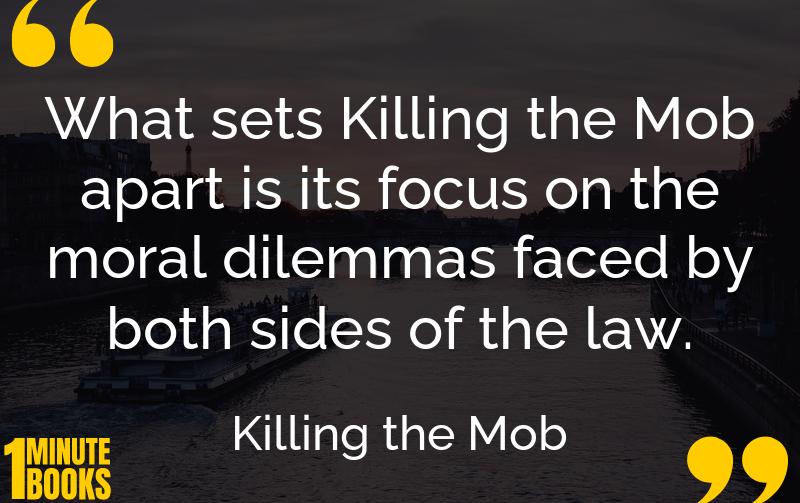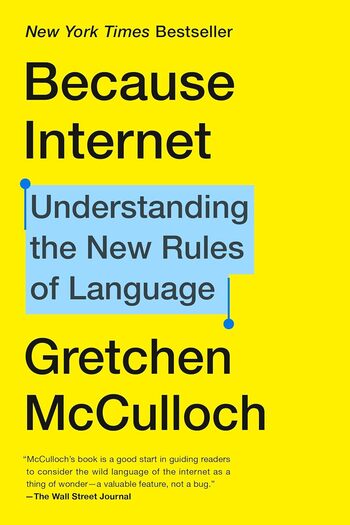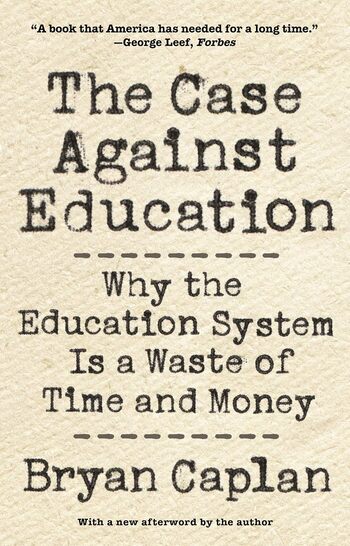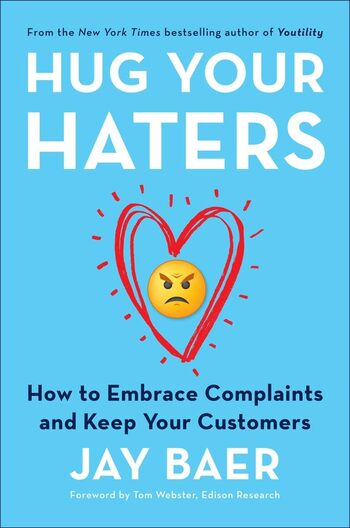
An engrossing history of organized crime in America, ‘Killing the Mob’ explores the battle between criminals and law enforcement, spotlighting iconic figures and moral dilemmas.
Main Lessons
- Organized crime flourished during the Prohibition era, with figures like Al Capone rising to power.
- The mob’s influence expanded significantly, leading to notorious events like the St. Valentine’s Day Massacre.
- Law enforcement, notably the FBI under J. Edgar Hoover, worked relentlessly to dismantle crime syndicates.
- Corruption and internal challenges plagued law enforcement efforts, complicating the fight against crime.
- The book emphasizes the ethical dilemmas faced by agents in their pursuit of justice.
- Wiretapping and undercover operations were pivotal yet controversial methods adopted by law enforcement.
- The narrative reveals a cat and mouse game between criminals and law enforcement, both showcasing intelligence and audacity.
- Killing the Mob highlights how organized crime shaped American society and law enforcement tactics.
- Readers are invited to ponder the blurred lines between legality and justice in policing organized crime.
- Engaging storytelling brings to life the notorious characters and their exploits, providing an in-depth look into their world.
- Moral complexities of fighting crime are explored, questioning the methods used to bring justice.
- The book seamlessly intertwines history with compelling narratives of crime and punishment.
- Killing the Mob serves as a testament to the ongoing struggle for law and order in American history.








